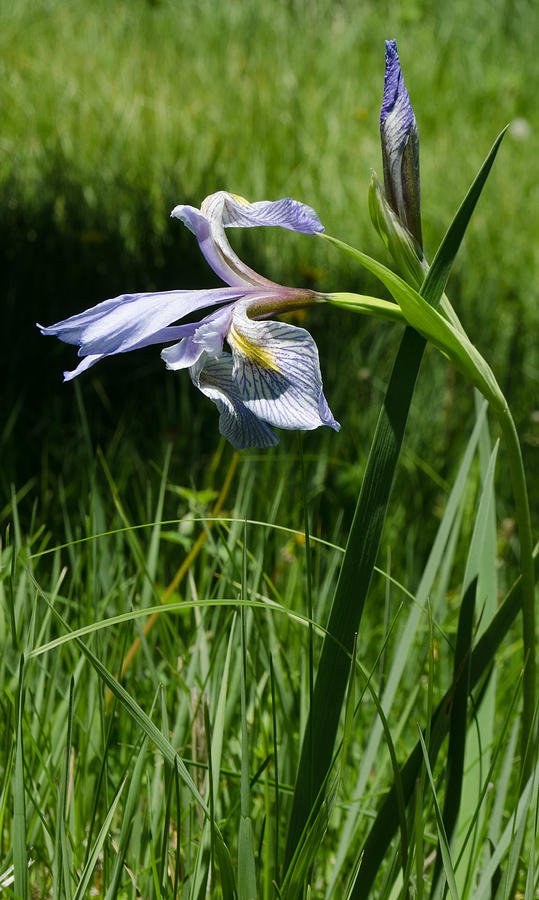
Wild Iris

by Greni Graph
Title
Wild Iris
Artist
Greni Graph
Medium
Photograph - Photography
Description
#201306239169 Iris is a genus of 260-300 species of flowering plants with showy flowers. It takes its name from the Greek word for a rainbow, referring to the wide variety of flower colors found among the many species. As well as being the scientific name, iris is also very widely used as a common name for all Iris species, though some plants called thus belong to other closely related genera. A common name for some species is 'flags', while the plants of the subgenus Scorpiris are widely known as 'junos', particularly in horticulture. It is a popular garden flower. The often-segregated, monotypic genera Belamcanda (blackberry lily), Hermodactylus (snake's head iris), and Pardanthopsis (vesper iris) are currently included in Iris. The genus is widely distributed throughout the north temperate zone. Their habitats are varied, ranging from cold and montane regions to the grassy slopes, meadowlands and riverbanks of the northern hemisphere.Irises are perennial plants, growing from creeping rhizomes (rhizomatous irises) or, in drier climates, from bulbs (bulbous irises). They have long, erect flowering stems which may be simple or branched, solid or hollow, and flattened or have a circular cross-section. The rhizomatous species usually have 3�10 basal sword-shaped leaves growing in dense clumps. The bulbous species have cylindrical, basal leaves. Up to 300 species � many of them natural hybrids � have been placed in the genus Iris. Modern classifications, starting with W. R. Dykes' 1913 book, have subdivided them. Dykes referred to the major subgroupings as sections, but later authors have generally called them subgenera, while essentially retaining his groupings. Like some older sources, the influential classification by G. I. Rodionenko removed some groups (particularly the bulbous irises) to separate genera, but even if this is done the genus remains large and several subgenera, sections and/or subsections are recognised within it. In general, modern classifications usually recognise six subgenera, of which five are restricted to the Old World; the sixth (subgenus Limniris) has a Holarctic distribution. The two largest subgenera are further divided into sections.
Uploaded
June 28th, 2013
Embed
Share
Comments (1)

Nadine and Bob Johnston
.... Like the subject, technique, composition, and color... Today it was Published in the Internet publication ARTISTS NEWS.... Anyone can Just Highlight this link ---- http://bit.ly/RVPlpf - Use Ctl-C to copy and Ctl-V ---- to put it into the Browser Address, to view the publication. You can then, Tweet, FB, and email, etc a copy of the publication, to just anyone you feel would be interested. Happy Promoting! :-)























































